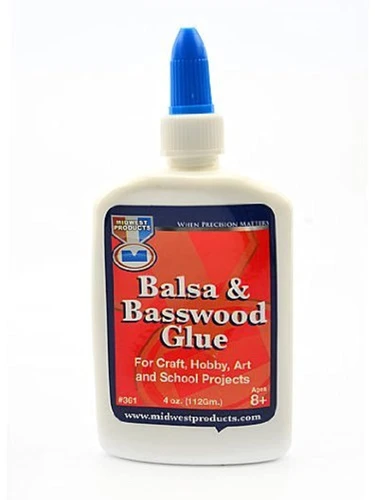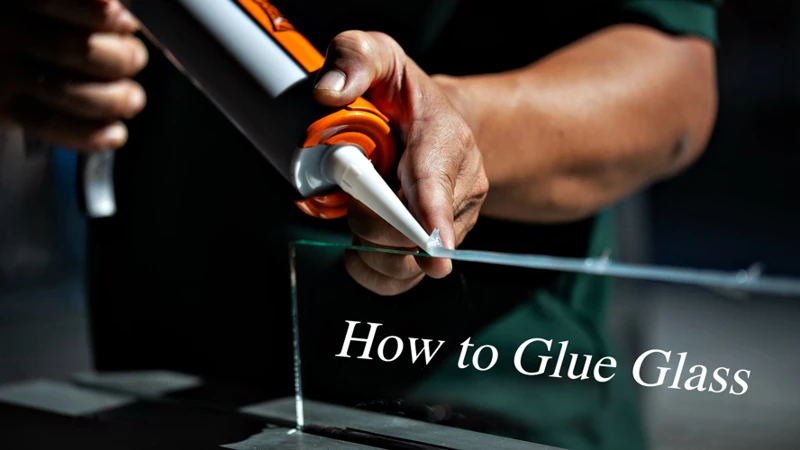Balsa wood crafting has captivated hobbyists and professional woodworkers alike, thanks to its versatility and lightweight characteristics. With its origin in South America, this plant-based material has found its way into everything from model airplanes to architectural mock-ups. Let’s delve into the qualities that make balsa wood a unique medium for crafting and the significance of achieving a sturdy bond.
Understanding Balsa Wood Properties
Balsa wood stands out in the forest of woodworking options due to its remarkable lightness and ease of manipulation. This pale, soft timber is derived from the Ochroma pyramidale tree and is known for its excellent buoyancy and insulation properties. However, despite its softness, balsa remains a robust selection for many crafters when properly glued and handled.
The Importance of Proper Adhesion in Woodworking
The integrity of any wooden structure, especially those comprising balsa, hinges on the strength of its adhesion. Precise gluing ensures not only the aesthetic appeal of the finished piece but also its durability and functionality. It’s the invisible weld that holds everything together, transforming separate wooden components into a cohesive masterpiece.
Choosing the Best Glue for Balsa Wood
When it comes to balsa wood crafting, selecting the right adhesive is as crucial as the design itself. The best glue for balsa wood merges seamlessly with the material, providing a bond that is both invisible and unyielding.
Factors to Consider for Balsa Wood Model Glue
- Viscosity: Thicker glues may fill gaps better, but thinner ones can be more precise.
- Drying Time: Some projects need quick-setting glues, while others benefit from longer working times.
- Material Compatibility: The glue should not react negatively with balsa wood.
Model Airplane Glue Selection
For model airplane enthusiasts, the model airplane glue selection process is pivotal. The chosen adhesive should withstand the tension and torsion exerted during flight without adding unnecessary weight. A balance between strength and lightness is key.
Gluing Balsa Wood Tips
It’s not just about choosing an adhesive; it’s also about how you apply it. These gluing balsa wood tips will ensure a successful bond every time you set out to create.
Surface Preparation Techniques
Cleaning the wood surfaces to be joined is paramount. Remove any dust or oils that could impair the adhesive’s effectiveness. Slightly roughening the contact points can also enhance the glue’s grip on the material.
Applying Woodworking Adhesive Guide
This woodworking adhesive guide suggests applying the glue sparingly to avoid excessive squeeze-out, which can mar the appearance of your project. Use a small applicator for precision and clamp the pieces until the glue has set completely.
Balsa Wood Glue Techniques
Mastering balsa wood glue techniques is essential for any woodworker looking to excel in crafting with this material. Here’s how to ensure your projects are both beautiful and sturdy.
How to Bond Balsa Wood
Begin by aligning the edges you intend to join, applying the glue with precision, and pressing firmly. It’s advisable to use a protective layer, such as wax paper, to prevent any glue from sticking to your workbench.
Ensuring Strong Balsa Wood Joints
Strong balsa wood joints are achieved by precise cutting and fitting before any glue is applied. Reinforcing the joints with balsa splines or using techniques like pinning can also contribute to overall joint strength and longevity.
DIY Balsa Wood Projects
For those who love the satisfaction of creating with their hands, DIY balsa wood projects offer a realm of possibilities. From simple structures to intricate designs, balsa wood is an excellent material for DIY enthusiasts.
Step-by-Step Guide to Balsa Wood Construction
Starting with a clear plan is essential. Transfer your design to the balsa, make precise cuts, and methodically glue the pieces together. Patience is crucial — allow each joint to cure fully before moving on to the next step.
Innovative DIY Balsa Wood Ideas
The lightweight nature of balsa makes it ideal for a variety of innovative projects. Think beyond models and consider crafting items like lightweight shelving, decorative pieces, or even custom picture frames. The only limit is your imagination.
Conclusion and Additional Resources
Balsa wood crafting is a rewarding hobby that combines the joys of creation with the challenges of precision and patience. By following the tips and techniques outlined, anyone can achieve strong and lasting results.
Advanced Tips for Balsa Wood Crafting
For those looking to elevate their skills, exploring advanced joining techniques, such as tongue and groove or dovetail joints, will add both strength and sophistication to balsa wood projects.
Are you a DIY enthusiast or a hobbyist looking to master the art of gluing various materials? Whether you’re working on a project that involves moss, terracotta, or different types of wood, understanding the right adhesive techniques is key to achieving the best results. If you’re specifically interested in lightweight wood projects, you might want to check out our guide on how to glue balsa wood. For those looking to incorporate natural elements, our tutorial on how to glue moss to wood could be incredibly helpful. And if your creation includes terracotta components, don’t miss our tips on how to glue terracotta. Lastly, for general woodworking projects, our article on how to use wood glue will provide you with all the necessary steps for strong and durable bonds.
Maintaining Your Balsa Wood Creations
Finally, ensure the longevity of your balsa wood creations by storing them in a dry environment and conducting regular inspections for any signs of wear or damage. With proper care, your balsa wood masterpieces can last for years to come.


